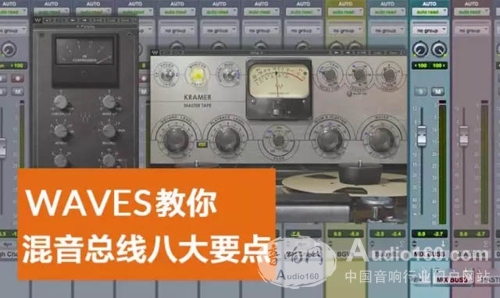
Every mixing engineer has their own secret weapon and unique tricks. In this article, we’ll explore bus processing—how to use it effectively without overdoing it to achieve the best results.
1. What is bus processing, and why do we do it?
Simply put, bus processing involves applying one or more processing techniques—like compression or EQ—to a stereo bus or master fader. This affects all tracks collectively, rather than focusing on individual instruments. At first glance, this might seem counterintuitive since mixing is often about tweaking individual tracks. However, bus processing isn’t meant to fix specific issues but rather to add character, style, and cohesion to the overall mix. Done right, your mix can sound almost mastered before it reaches the mastering stage.
This approach can also have psychological benefits. Mixing is a lengthy process, and it’s easy to get lost in endless tweaks. Bus processing can help you see progress and keep your motivation high, giving you renewed confidence and fresh perspectives when facing tough decisions.
2. Using Compression on the Mix Bus
One of the most common processes applied to the mix bus is compression. Running multiple tracks through a stereo compressor binds different musical elements together, especially useful when there are significant volume fluctuations within a song.
A gentle setting is crucial. Set the attack time to around 10-30 ms, the release time to no more than 50 ms (depending on the music), the compression ratio to 2:1 or less, and aim for a gain reduction of 1-2 dB during the loudest parts of the song. For dance or hip-hop tracks, you might push the attenuation slightly higher. Deviating significantly from these settings could result in a dull or unnatural sound.
The SSL G-Master Buss Compressor plugin accurately replicates the analog circuitry of its legendary console counterpart, making it a top choice for mix bus compression. It’s user-friendly and adds depth and character to the sound. Used cautiously, it can make drums and snares stand out while pushing the entire mix forward.
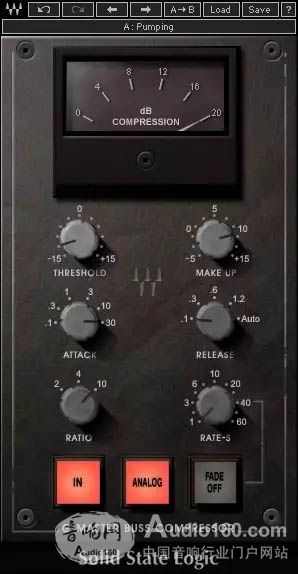
SSL G-Master Buss Compressor
Multiband compression, which applies independent compression to different frequency ranges, isn’t ideal for use on the bus. If you’re trying to correct your mix, it’s better to address individual tracks. Creatively employing multiband compression can lead to innovative solutions.
Always remember to assess your own preferences and avoid getting stuck in a rut. Lastly, the effectiveness of mix bus compression depends heavily on how much compression has already been applied to individual tracks. Once your mix is balanced, applying bus compression can subtly refine your work.
3. Equalization on the Mix Bus
When it comes to EQ on the mix bus, it’s more about addressing specific issues. Ideally, achieving a flat frequency response means balancing individual tracks for seamless integration. However, if you struggle to resolve problems simply by adjusting track levels, the mix bus EQ can offer a quick fix.
For instance, boosting in the 50-60Hz range can add weight to drums and bass. Adjusting in the 300-500Hz range can increase variation and enhance clarity for key mid-range elements like vocals and guitars. A slight lift in the 8-12kHz region can add airiness or create a gentle "smile curve," emphasizing highs and lows while reducing mids.
Many engineers also use the mix bus EQ as a global high-pass filter to eliminate ultra-low frequencies below 25-30Hz (usually before applying bus compression). Unless you’re working with dance or hip-hop, these frequencies aren’t necessary and can muddy the mix. Removing them cleans up the overall sound, creates more dynamic space for mastering, and makes the midrange more expressive.
Adjustments on the bus should be minimal, typically no more than 1-2dB, and only used to address problematic frequencies. Remember, what you do here affects the entire mix and may not be easily corrected during mastering. Always compare your adjustments against a reference track, using elements like the brightness of cymbals or the punch of drums as benchmarks.
4. Saturation on the Mix Bus
Saturation on the mix bus is subtle but impactful, adding a unique character to the mix. Over the past few decades, much of the music we’ve enjoyed was recorded on tape, where the slight saturation and transient absorption added a musical warmth. Plugins like the Kramer Master Tape or Abbey Road J37 Tape emulate this effect, smoothing overly polished mixes and adding depth and musicality—especially to software-only mixes. Adding saturation early in the mixing process (though the exact timing is debatable) can save effort later.
However, be cautious—too much saturation, regardless of whether it’s tape, tube, or transformer-based, can cause issues. Generally, it’s better to apply saturation on the bus rather than individual tracks to prevent excessive cumulative effects. Monitor carefully, as excessive saturation can obscure details. Like other forms of processing, use it sparingly.
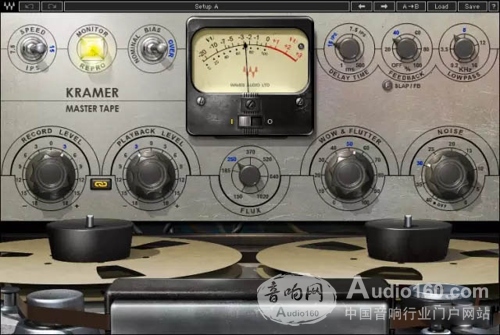
Kramer Master Tape
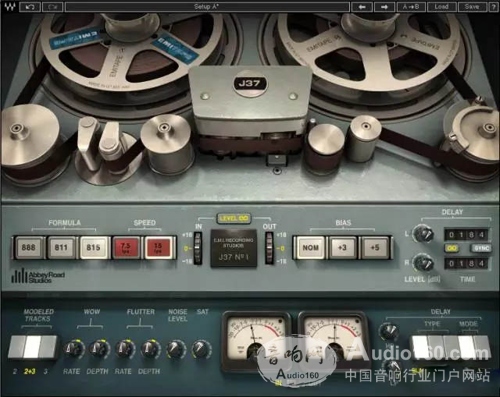
Abbey Road J37 Tape
5. Should Limiters or Other Effects Be Added to the Bus?
The answer is simple: don’t. Limiter processing is best reserved for mastering, not mixing. Similarly, effects like stereo, Mid/Side, reverb, modulation, excitation, or debounce are better left out of the mix bus.
6. Integrated Bus Plugins for Final Touches
The latest generation of integrated bus plugins simplifies workflows and provides instant results. Chris Lord-Alge’s CLA MixDown plugin offers four faders to control color, dynamics, and overload. Greg Wells’ MixCentric takes a similar approach, combining EQ, compression, and harmonic distortion into a single knob to enhance and balance the mix.
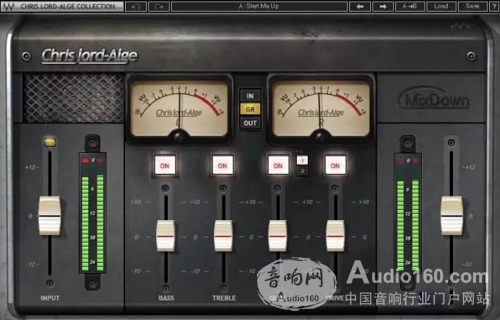
CLA MixDown
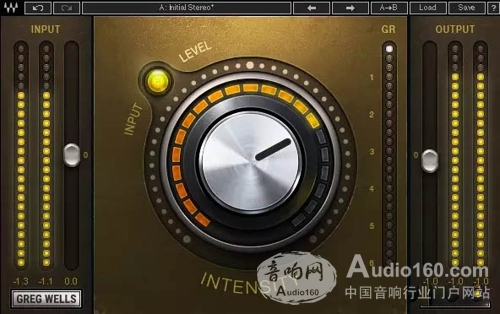
Greg Wells MixCentric
7. When to Apply Bus Processing
There are two main approaches to bus processing: starting early in the project or at the end of the mix. Which method is better remains a topic of debate among mixers.
Starting bus processing early in the project can inspire both the mixer and the musician. It helps create a better-sounding mix faster, allowing you to focus more on interactions between elements. Early bus processing becomes part of the sound, creating a framework for the entire mix rather than a final overhaul. Chris Lord-Alge recommends using his CLA MixDown plugin on the master channel right from the start.
This approach requires adaptation. For example, if you use bus compression, dynamics won’t behave as expected. Opening a large channel might require turning it down again due to bus compression. You may find you need less compression on individual tracks but more automatic control to highlight features. The compressed sound of the bus is distinct from individual compression and tends to be more pronounced.
Some engineers argue that starting with bus processing can lead to lazy mixing, making it harder to fix problems later since the mix is already integrated.
Ultimately, there’s no right or wrong—experiment with both methods to find what works best for you.
8. Every Step Matters—Subtlety is Key
Since bus processing affects the entire mix, even minor adjustments can have a major impact. Each step, whether good or bad, shapes the overall sound significantly. For example, boosting a specific frequency by 1dB on the bus can have the same effect as multiplying a well-balanced multi-track several times.
High risk can lead to high rewards, and bus processing is an exciting aspect of mixing. We should definitely dive deeper into it.
BLPS laser safety protective device is designed for personal safety used on hydraulic bender.
The dynamic test technology it used has passed the Type 4 functional safety assessment by TUV, and get the national invention patent. The product reaches the advanced technological level of similar products.
BLPS laser safety device provides protection zone near the die tip of the bender to protect fingers and arms of the operator in close to the upper mold die tip. It is the most effective solution so far to preserves the safety and productivity of the bender.
Press Brake Protection,Laser Guarding Device,Press Brake Guarding Systems,Press Brake Guarding
Jining KeLi Photoelectronic Industrial Co.,Ltd , https://www.sdkelien.com